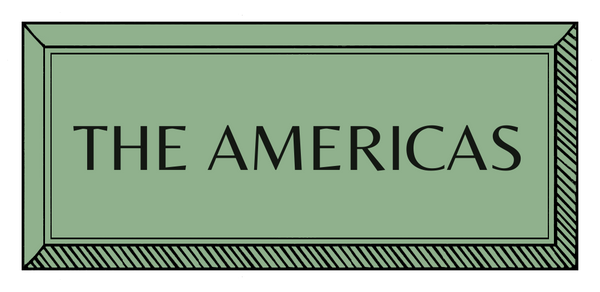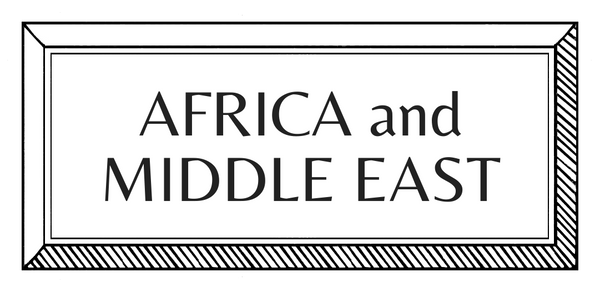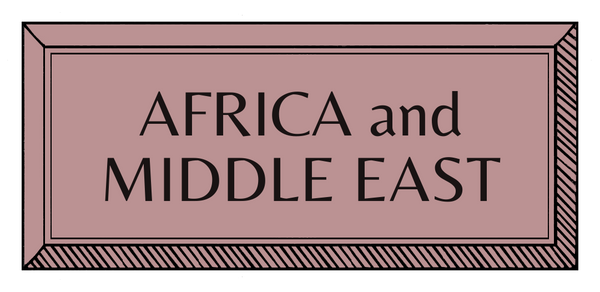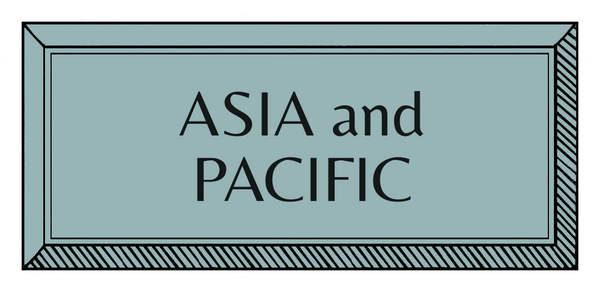CRAFT STORIES | EUROPE | THE NETHERLANDS | TEXTILES
The Story of The Netherlands' traditional Hindeloopen costumes
In Friesland, on the edge of the former Zuiderzee, a small community, the Aald Hielpen, developed a costume unlike any other in the Netherlands. The Hindeloopen dress was not only distinctive in appearance but remarkable in its making, combining imported textiles with local forms in a tradition of craft that carried both meaning and memory.

Traditional Hindeloopen costumes worn by the Aald Hielpen women in Friesland, The Netherlands © The World of ZAZI, shot by Janne Hoevelaken.
Hindeloopen was never a large town, but in the 17th and 18th centuries its sailors travelled widely along the Baltic routes, returning with goods that filtered through Amsterdam’s trading houses. Among the items that reached Friesland were painted cottons from India, silks from Asia and fine porcelain from China.
The textiles, in particular, were quickly absorbed into local life. Rather than remaining curiosities, they were worked into the wardrobes of Hindeloopen women, becoming the foundation of a costume that was at once practical, symbolic and beautiful.

© The World of ZAZI, shot by Janne Hoevelaken.
The most celebrated of these fabrics was chintz, cotton painted or block-printed with floral patterns and coloured with mordants, madder and indigo. Durable yet decorative, it was perfectly suited to the construction of gowns.
The wentke, a long-sleeved dress that formed the basis of the costume, was often cut from this cloth. Tailoring the garment required precision, with narrow sleeves, reinforced seams, and a fitted bodice that made it both elegant and resilient.
Beneath it lay interwoven linen and bone, which shaped the body and gave the costume its structure. Other elements were added in layers, such as short jackets, kerchiefs, aprons and lace caps, each cut and sewn with equal care. The headdress alone demanded meticulous skill, folded and pinned until it sat with balance and authority during a time when dressing was never a hurried act, rather a practice of art in itself.
The craftsmanship of Hindeloopen costume extended beyond construction into a complex language of colour and fabric. Bright, patterned chintz might be chosen for celebration, while darker tones marked stages of mourning.
Subtle distinctions allowed a woman to express whether she grieved for a husband, a parent or a child. To outsiders, these variations were difficult to read, yet within the community, they formed a clear language.
One of the striking aspects of the costume is the way it absorbed global influences while preserving local forms. Elements long abandoned elsewhere in Europe, such as fitted stays or jackets with narrow sleeves, remained essential.

© The World of ZAZI, shot by Janne Hoevelaken.
Similarly, garments like Japanese kimonos and Persian banyans, worn as informal dress in Amsterdam, were adapted in Hindeloopen as mourning gowns. By the mid-18th century, such pieces appear in household inventories. This ability to integrate foreign textiles and shapes without losing local identity is part of what makes the costume so distinctive.
By the 19th century, the costume was increasingly confined to special occasions, yet its value as a record of craftsmanship had already been recognised. Artists and antiquarians documented it, museums began to collect and archive pieces, and in 1881, the newly founded Fries Museum in Leeuwarden became a principal custodian.
Words by Emma Becque
Images from The World of ZAZI, shot by Janne Hoevelaken







































